US stocks opened higher today but quickly turn mixed. Despite positive words from White House senior counselor Kellyanne Conway, investors see the result of US-China trade talk as highly uncertain. Also, sentiments could be weighed down by a report that Apple’s iphone shipment to China dived -20% in Q4.
At the time of writing:
- DOW is down -0.13%
- S&P 500 is up 0.07%.
- NASDAQ is up 0.20%
- US 10-year yield is up 0.22 at 2.654.
In Europe:
- FTSE rose 0.87%.
- DAX rose 1.03%.
- CAC rose 1.09%.
- German 10-year yield is up 0.032 at 0.121.
In the forex markets, Dollar is the strongest one for today and the strength is rather convincing. USD/CHF and USD/JPY resumed recent rise by taking out 1.0028 and 110.16 resistances earlier today. EUR/USD’s break of 1.1289 support also argues that recent consolidation from 1.1215 low has completed. Focus will be on whether 1.2854 support in GBP/USD, 0.7060 support in AUD/USD and 1.3329 resistance in USD/CAD would be taken out before the end of the US session.
Meanwhile, Sterling is the weakest one after poor data today. UK GDP grew only 0.2% qoq in Q4, below expectation of 0.3% qoq. In December, GDP contracted -0.4% mom , much worse than expectation of 0.0% mom. Industrial and manufacturing production also missed expectations. Yen and Swiss Franc are next weakest, mainly because of rebound in Asian and European stock markets.
GBP/USD is the top mover for today so far, but USD/JPY is not that far away. We’re holding on to the view that rebound from 1.2391 has completed at 1.3217 already. Break of 1.2854 will affirm this bearish case and pave the way to retest 1.2391 low.




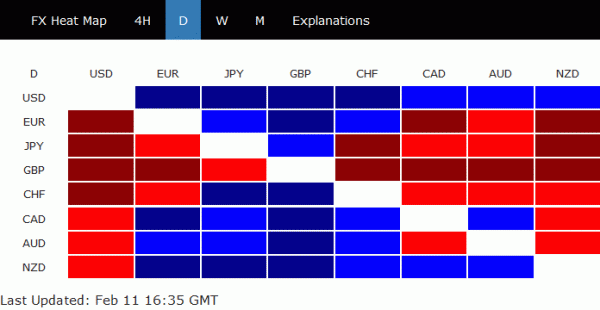
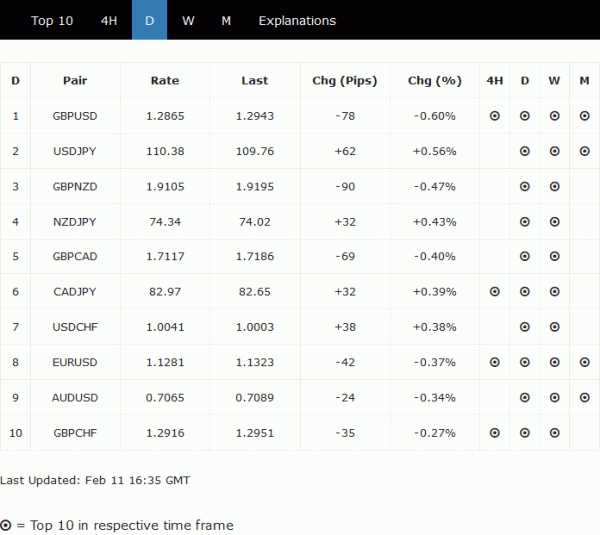
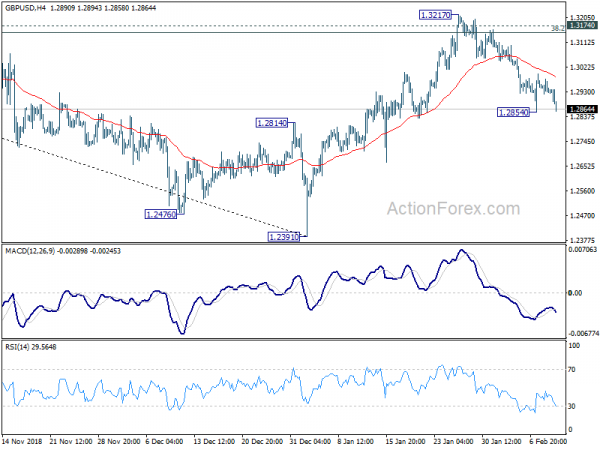
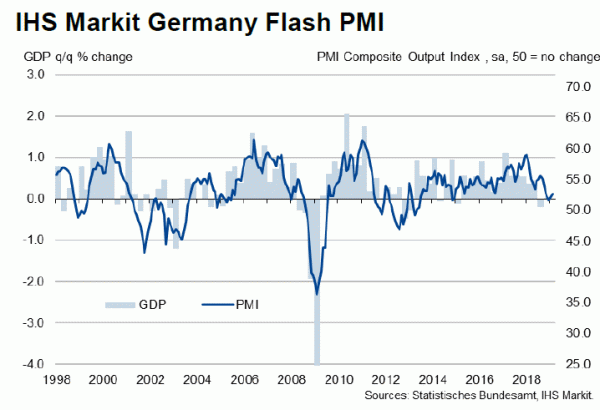
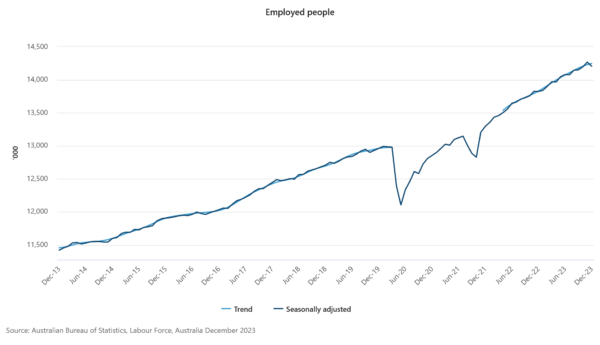
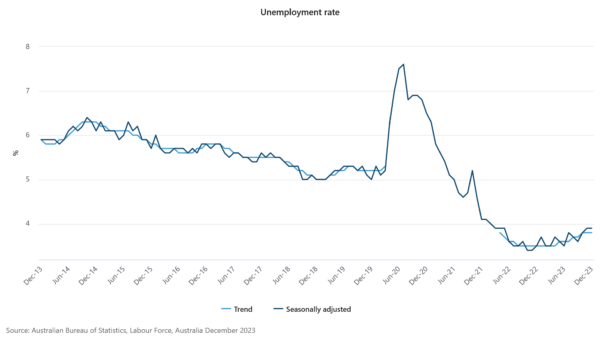

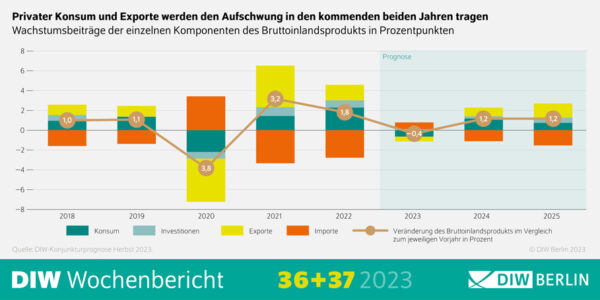
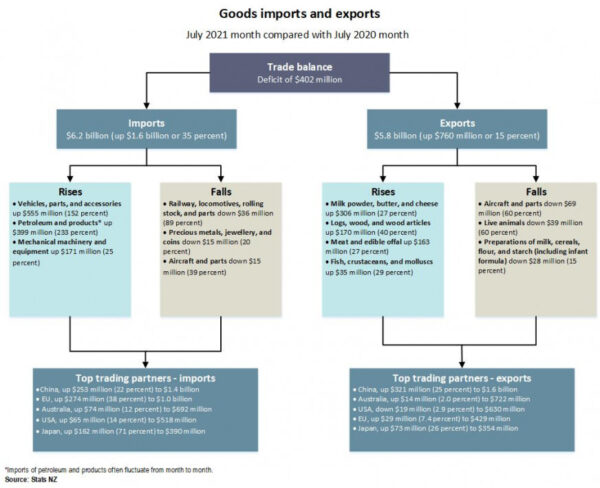
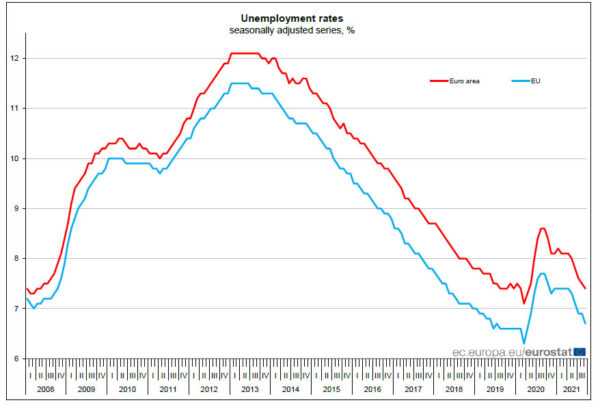
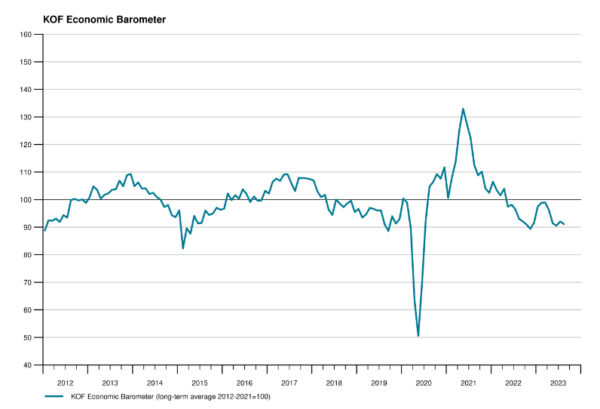

Mid-US update: Sterling strong on Brexit optimism, Swiss Franc weakest
Sterling surges broadly today as lifted by EU chief negotiator Michel Barnier again. He said in a forum in Slovenia that a Brexit deal within 6-8 weeks if both sides are realistic their demand. Also, it’s reported that EU will announce next week to hold a special summit for Brexit in November, possibly on Nov 13. Euro follows Sterling as the second strongest due to easing worries over Italy’s budget. Swiss Franc is the worst performing one for the same reason as Euro. Yen and Dollar follow as the second and third weakest because of receding risk aversion. And, there is no news regarding trade war yet.
European stocks closed generally higher today but it should be noted that major indices pared back much of earlier gains. FTSE hit as high as 7307.85 but closed at 7279.30, up only 0.02%. DAX hit as high as 12039.22 but closed at 11986.34, up 0.22%. CAC hit as high as 5291.21 but closed at 5269.63, up 0.33%. Gold strengthens mildly as Dollar weakens. But it’s staying in consolidation from 1214.